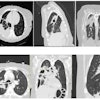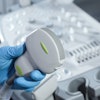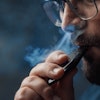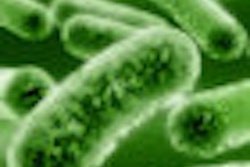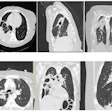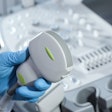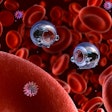A team of University of Rochester scientists is using the technique of Raman spectroscopy to study two common dental plaque bacteria: Streptococcus sanguis and mutans. The relative balance of the two may be an indicator of a patient's oral health and risk for tooth decay; S. sanguis is associated with "healthy" plaque, while S. mutans is associated with tooth decay.
The researchers presented their findings October 26 at Frontiers in Optics 2010, the Optical Society of America's annual meeting in Rochester, NY.
Compared to microbiology techniques, Raman spectroscopy offers the potential to analyze samples of the bacterium in a simple, rapid and quantitative manner, including the ability to study spatial distributions of bacterial species, living or dead, within samples, according to the researchers.
"We're using Raman spectroscopy to study these oral bacterial biofilms, essentially observing how two species scatter light into shifted wavelengths in a unique way. We can then use these characteristic spectra to identify 'unknown' samples of these species," said Brooke Beier, a doctoral candidate at the University of Rochester Institute of Optics, in a press release. "Studying the spatial distributions of the good versus bad bacteria under various growth conditions may help scientists determine more effective treatments to prevent tooth decay."
With the ability to identify biofilm samples by species, the researchers can now move on to the study of biofilms grown from a mixture of liquid cultures, where the two species may interact as they grow together.
Copyright © 2010 DrBicuspid.com
